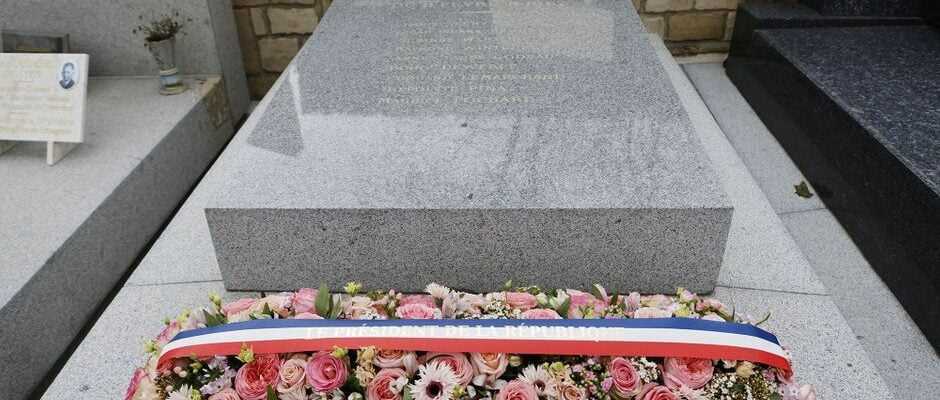Emmanuel Macron paid tribute on Tuesday to protesters who died at the Charonne metro in Paris on February 8, 1962.
Emmanuel Macron paid tribute on Tuesday to the demonstrators who died at the Charonne metro in Paris on February 8, 1962 during a rally against the violently repressed OAS, a first however qualified as insufficient by activists and collective of victims.
He is the first president, in sixty years, to pay tribute to the nine victims of this demonstration organized among others by the Communist Party, the CGT, and the Unef. It followed a series of attacks by the OAS – the secret armed organization, the clandestine armed wing of the ultras of French Algeria – one of which, targeting André Malraux, had disfigured a 4-year-old girl the day before.
This February 8, 1962, the demonstration had been prohibited under the terms of the decree issued on April 23, 1961 after the putsch of the generals in Algiers. But several processions had tried to join the planned rally in Place de la Bastille. In their ranks, many young people.
Under the authority of the prefect Maurice Papon, the peaceful demonstration was violently repressed by the police, armed at the time with “bidules”, these wooden truncheons.
It resulted in eight deaths, including three women and a 16-year-old apprentice. A man died eight weeks later from his injuries. All were union members of the CGT and – except one – members of the Communist Party.
Tuesday, at the end of the afternoon, wreaths were deposited under the plate sealed on the white tiles of the metro where their names are inscribed. A minute of silence was observed in their memory.
A wreath in the name of the President
In the morning, it was the prefect of police of Paris Didier Lallement who laid a wreath on behalf of the president, during a ceremony at the Père Lachaise cemetery.
In a brief statement, Mr Macron said: “On February 8, 1962, a united demonstration was organized in Paris for peace and independence in Algeria and against the attacks of the OAS. It was violently repressed by the police: nine people lost their lives, several hundred were injured”.
“Sixty years after this tragedy, I pay tribute to the memory of the victims and their families,” he added.
Long awaited, this tribute “is part of a global process of recognition of all memories linked to the Algerian war and which aims to build this common memory”, specifies those around him.
Already on October 16, the Head of State had made a memorial gesture, 60 years after the massacre of dozens of Algerian demonstrators in Paris on October 17, 1961, declaring that these “crimes” committed “under the authority of Maurice Papon” were “inexcusable to the Republic”.
Since his election in 2017, Emmanuel Macron has multiplied memorial gestures to try to “reconcile memories” between French and Algerians, but without “repentance”.
However, no more than for October 17, his remarks on Charonne did not appease Tuesday the associations and unions which demand recognition of a “state crime”
“The state police aggression exercised” is still not repaired, reacted Philippe Martinez, secretary general of the CGT before the ceremony bringing together outside the metro several dozen activists and witnesses of the time. “We cannot be satisfied with a press release from the Elysée in the form of an apology, it is insufficient”.
Also present, the communist presidential candidate Fabien Roussel described Macron’s gesture as “modest” and “small step”, and insisted on the essential “duty of memory” at a time when “the bad wind of the hate breathes again”.
Henri Cukierman, president of the collective “Truth and justice for Charonne”, welcomed “the first position of a president” but deplored that “the responsibility of the State is killed”.
“It is not the prefect Papon who is responsible for October 17 or February 8 or any brutality, it is the State”, estimates Mr. Cukierman, who was present on this same sidewalk sixty years earlier, at the moment of the drama.
On Tuesday, he again demanded “the truth and that justice be done” for these two “crimes” of 1961 and 1962, despite “an amnesty law at the time which made it possible to prevent justice from being able to do his work”.
Any reproduction prohibited
